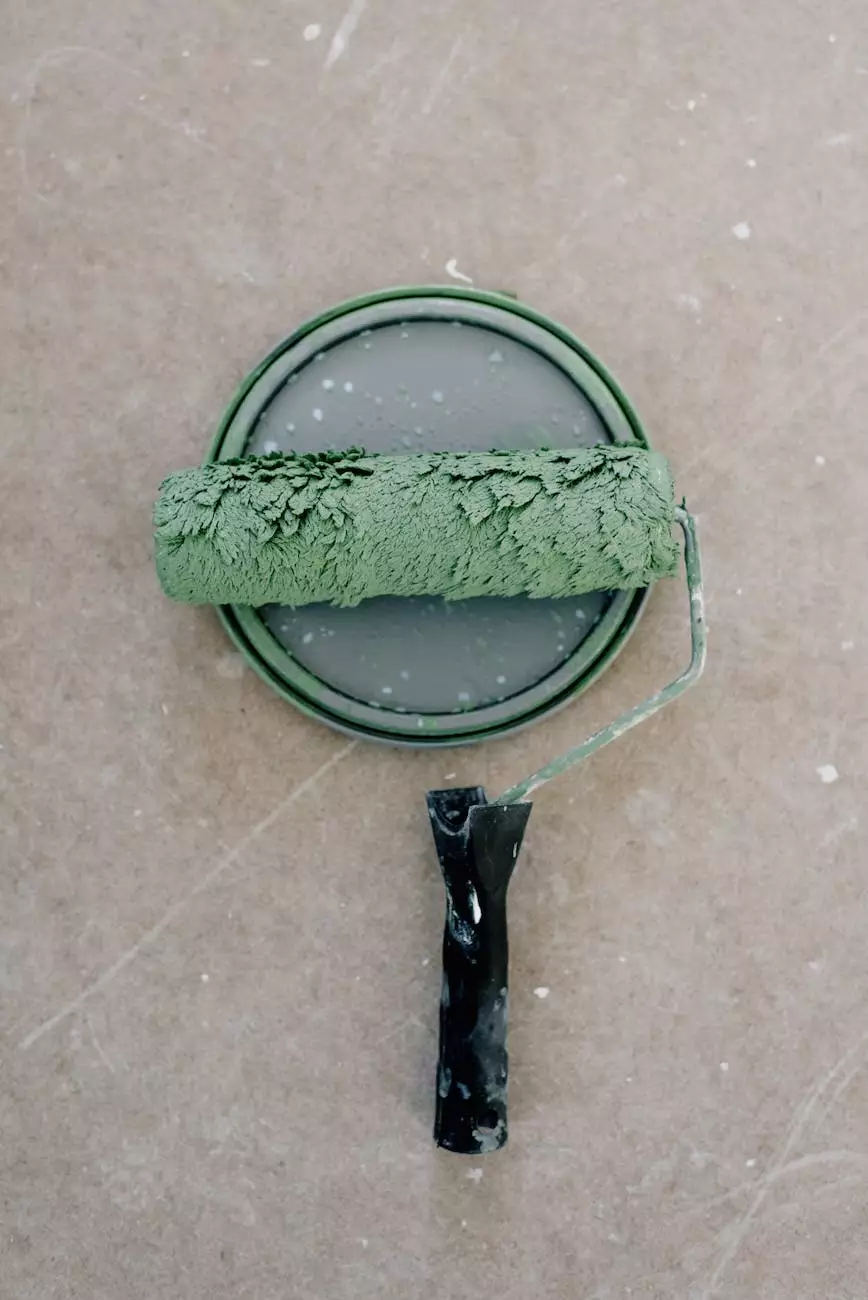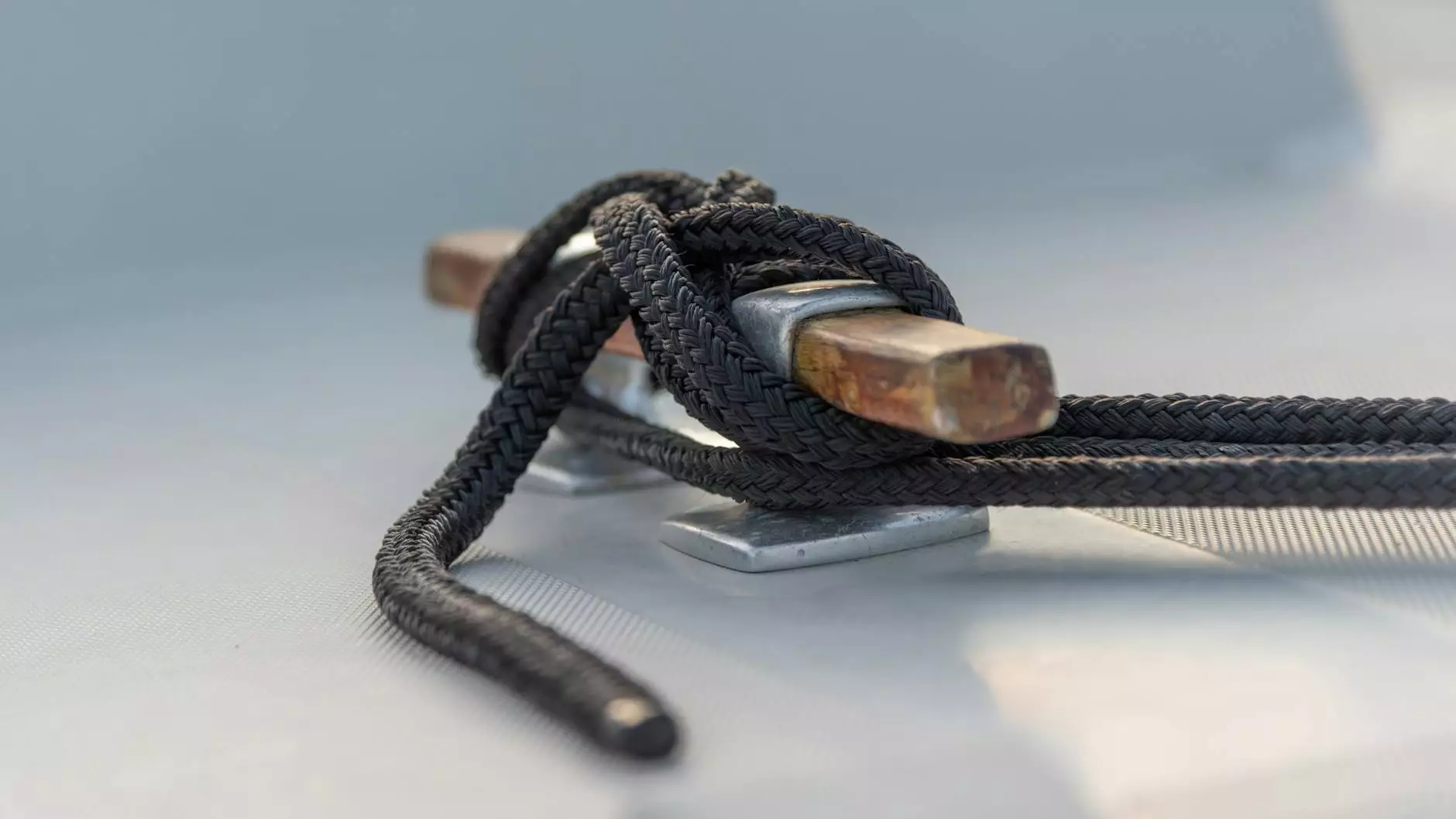Erosion Control Tips to Protect Your Waterfront Property
Erosion Control
Introduction
Welcome to Anthony Crane USA, your trusted partner in safeguarding your valuable waterfront property. Our team of experts specializes in providing top-tier erosion control solutions to ensure the long-term protection of your land. We understand the importance of maintaining the integrity and beauty of your waterfront property, which is why we have prepared this comprehensive guide filled with practical tips and techniques.
The Importance of Erosion Control
Erosion poses a significant threat to your waterfront property, as it can gradually weaken the soil structure and lead to costly damages. Factors such as weather conditions, water currents, and tidal movements can contribute to erosion, putting your land, structures, and natural environment at risk.
By implementing effective erosion control measures, you can minimize the impact of erosion and protect both your property and the surrounding ecosystem. Anthony Crane USA is here to equip you with the knowledge and tools to tackle erosion head-on and preserve the beauty and value of your waterfront investment.
Identifying Erosion Prone Areas
Before diving into the erosion control techniques, let's understand how to identify areas on your property that are more susceptible to erosion. Keep an eye out for the following telltale signs:
- Steep slopes or inclines
- Evidence of previous erosion, such as exposed roots or bare soil
- Frequent pooling or standing water after rainfall
- Presence of sediment deposits near water bodies
By regularly inspecting your property for these signs, you can proactively address erosion concerns and take necessary actions to prevent further damage.
Effective Erosion Control Techniques
1. Vegetative Solutions
One of the most natural and cost-effective methods of erosion control is through the strategic use of vegetation. Vegetation plays a crucial role in stabilizing soil and reducing erosion by:
- Developing extensive root systems that bind soil particles together
- Creating a physical barrier against runoff and water currents
- Enhancing infiltration and moisture retention in the soil
Consider planting grass, shrubs, or trees along slopes, shorelines, and areas prone to erosion. Native plant species are particularly beneficial as they are well-adapted to the local environment and provide additional ecological advantages.
2. Mulching
Mulching is an effective erosion control technique that involves covering the soil surface with a layer of organic or inorganic material. Mulch helps to:
- Reduce water runoff by promoting water infiltration
- Protect the soil from the impact of raindrops, preventing soil compaction
- Retain soil moisture and regulate soil temperature
Choose organic mulches like wood chips or straw for landscaped areas, while gravel or rocks can be used in more utilitarian spaces. Ensure proper installation and maintenance of the mulch layer to reap the full benefits.
3. Terracing and Retaining Walls
For areas with pronounced slopes, terracing and retaining walls are effective solutions to control erosion. These techniques involve creating leveled platforms or vertical structures to:
- Slow down and redirect water flow
- Prevent soil erosion on steep slopes
- Create additional usable space
Professional guidance is recommended for designing and constructing terracing and retaining walls to ensure structural integrity and stability.
4. Erosion Control Blankets
Erosion control blankets, also known as erosion control mats or geotextiles, are protective materials that can be used to cover areas vulnerable to erosion. These blankets:
- Provide immediate protection against erosion
- Minimize weed growth
- Enhance seed germination and plant establishment
Choose erosion control blankets suitable for your specific needs, taking into consideration factors like slope steepness and water flow intensity. Ensure proper installation for optimal results.
5. Water Management Techniques
Managing water flow and drainage is crucial for effective erosion control. Consider implementing the following techniques:
- Grading: Properly grading your property can redirect water away from erosion-prone areas.
- Swales and berms: These landscape features help to divert and slow down water flow.
- French drains: French drains efficiently collect excess water and direct it away from your property.
- Gutter and downspout systems: Ensure that your gutters and downspouts are effectively directing water away from vulnerable areas.
A well-designed water management system can significantly reduce erosion risks and protect your waterfront property.
Conclusion
Protecting your waterfront property from erosion is a proactive approach that will save you time, money, and stress in the long run. By implementing the erosion control techniques mentioned above, you can fortify your land against erosion and preserve its natural beauty for generations to come.
At Anthony Crane USA, we are committed to providing you with unparalleled expertise and services to safeguard your valuable assets. Contact us today to discuss your erosion control needs and take the first step towards securing your waterfront property!










